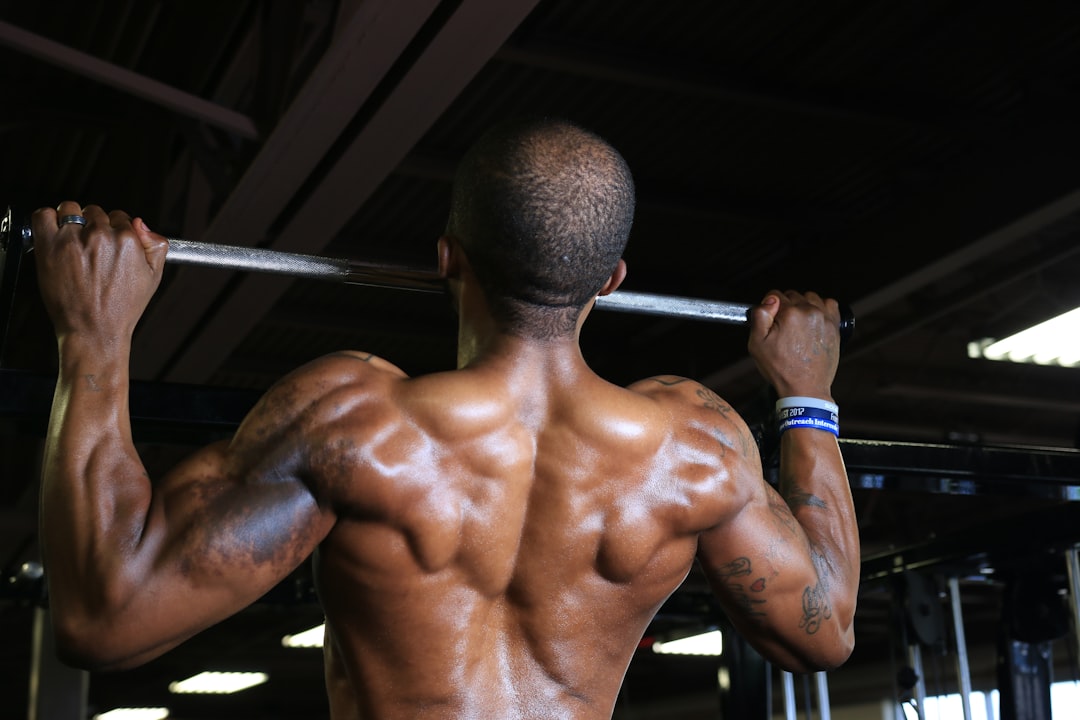
In today’s online fitness communities and social media platforms, it’s not uncommon to come across the phrase “big back.” Whether it’s in the comments below a gym selfie, fitness transformation video, or a bodybuilding reel, users often say “Dude’s got a big back,” or “Chasing that big back look.” But what does that really mean? The concept of a “big back” extends far beyond simple muscle mass; it has become symbolic of certain aesthetic goals, athletic capabilities, and even moods or vibes. While rooted in fitness culture, its usage has expanded to touch on aspirations and ideals broader than just physical appearance.
This article will unpack the meaning behind the phrase “big back,” explore where it comes from, what it signifies, and why it resonates so strongly with people on the internet today.
What Does “Big Back” Literally Mean?
On a literal level, having a “big back” refers to the development of the muscles along the posterior side of the upper body. These include the:
- Latissimus dorsi (lats) – The wide muscles on either side of the back that give it a V-taper look.
- Trapezius (traps) – Upper middle back muscles that add thickness, especially around the neck and shoulders.
- Rhomboids – Muscles that contribute to depth and strength between the shoulders.
- Spinal erectors – Muscles along the spine, aiding posture and structural integrity.
In gym terms, developing a large and muscular back signifies power and dedication. A “big back” is one of the most challenging areas to fully grow and sculpt because it requires a combination of compound lifts, mind-muscle connection, and persistent training.

Online Use and Symbolism
However, when people say “big back” online, they often aren’t just referring to muscles. The term has taken on almost mythical qualities in the fitness meme culture and male body aesthetics. It can have *symbolic* value, tapping into broader themes like:
- Dominance and presence: A big back gives one a strong silhouette. It symbolizes power and command.
- A warrior aesthetic: Often compared to gladiators, samurai, or even anime characters with exaggerated muscular builds.
- Persistence and effort: Many fitness fans laud the back as a muscle group that takes time and consistent hard work to grow. So anyone with a large back is automatically respected for their labor.
Moreover, the back is rarely shown off directly the same way chest or arms might be. It’s seen only from the rear or profile, reinforcing a sense of subtle mastery rather than attention-seeking—making it all the more impressive when noticed.
The Role of Social Media
Social media has elevated the “big back” image thanks to viral gym reels, flexing photos in good lighting, and fitness influencers showcasing their physiques. In videos, certain shots—like pull-up angles or bent-over rows—highlight back width and thickness. Audiences often flood the comment sections with praise:
“That’s a barn door back.”
“Man’s built like a fridge.”
“Back wider than my future.”

As people engage with this kind of content, these phrases evolve into memes and fitness vernacular. The phrase “big back” has thus become part of gym lingo shorthand for admiration, goals, and even a certain humor in gym culture.
Training for a Big Back
Whether used in jest or as an actual goal, achieving a physically “big back” involves targeted training. Key compound exercises for back development include:
- Deadlifts – A foundational lift that strengthens the entire posterior chain.
- Pull-ups and Chin-ups – Bodyweight staples that widen the lats.
- Barbell Rows – Add thickness and upper back strength.
- Lat Pulldowns – Help build vertical pulling power and lat width.
Consistency in these exercises, combined with nutrition and rest, form the cornerstones of back development. In online communities, it’s not uncommon for content creators to create entire programs centered around attaining the “big back” physique.
“Big Back Energy”: A Mood?
A unique twist in the term’s internet journey has been the emergence of what some call “big back energy.” Similar to “big energy” or “alpha energy” slang, this concept turns physical traits into a vibe or personality descriptor.
Someone with “big back energy” may not even have a large back physically—they just exude the confidence, calm strength, and low-key dominance associated with that aesthetic. It’s a humorous way to praise someone’s presence or aura, especially if they seem like they live in the gym or carry themselves in a powerful way.
Gender Dynamics and Inclusivity
Although mostly used in relation to men in online fitness spaces, the “big back” aesthetic has also entered the conversation for women interested in lifting. A rising number of female bodybuilders, CrossFit athletes, and fitness influencers are proudly building their backs as a symbol of strength, athleticism, and independence. Online, you’ll now often see comments like “Her back is goals” or “She’s got that back armor.”
This shift points to a broader acceptance of muscularity in multiple forms, moving toward performance-based goals rather than beauty standards alone.
Conclusion: More Than Just Muscles
When someone says “big back” online, they might be referring to an impressive physical attribute—but there’s usually more to it. It signifies dominance, discipline, aesthetic achievement, and a sort of legacy in training that connects with others in the gym culture. Whether taken seriously or playfully, the term has become both a compliment and an aspiration shared by fitness enthusiasts all over the internet.
So the next time someone drops a “big back” comment on your photo, don’t take it lightly—it’s one of the highest compliments from the digital iron community.
Frequently Asked Questions
What muscles are included in the “big back” look?
The “big back” usually refers to well-developed lats, traps, rhomboids, and spinal erectors. Together, these create width, thickness, and depth.
Why do people admire big backs online?
Big backs are hard to build, require dedication, and are rarely shown off unless someone has truly put in the work. It becomes a badge of honor within lifting culture and internet fitness spaces.
How long does it take to build a big back?
Depending on genetics, training intensity, nutrition, and consistency, visible back development can take anywhere from 6 months to several years.
Is “big back” a male-only goal?
Not at all. Many women in the fitness community are now equally focused on developing strong backs for both aesthetic and performance reasons.
What’s the best way to get a big back?
Consistency in compound lifts like deadlifts, pull-ups, and rows, paired with proper diet and progressive overload over time.
What does “big back energy” mean?
“Big back energy” is a humorous or metaphorical way to describe someone with powerful aura, presence, and strength—whether or not their back is actually big. It blends physical attributes with personality vibes.






